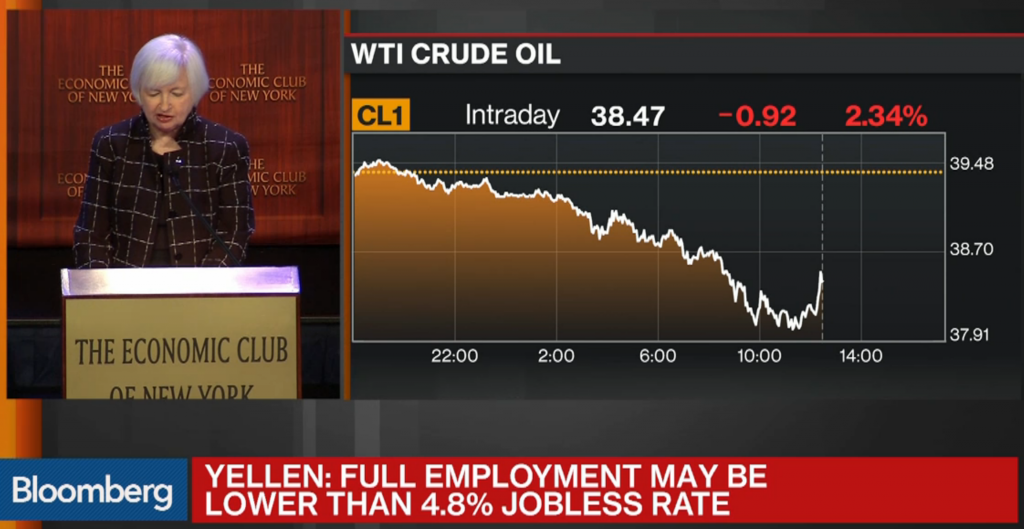There are certain facts of human nature that cannot be twisted by Machiavellian motives no matter how extreme or sensitive the political circumstances may be surrounding them. The facts of the matter are that human lives need air to breath, water to drink, and food to eat in order to survive. Regardless of the well from which you sip, these facts are undeniable, inescapable, and inalienable. There are no legislations, declarations, or manifestos that can undo these facts of human nature. No academic citations are needed for verification. And yet as hard as these facts may be, the political reality of today will have you think that accepting these facts are a free choice to be made.
Political reality is no match for physical reality. As the world stands, our civilizations’ air, water, and food supplies are gravely threatened by global forces — not by terrorists, not by warring nations or economies, and not by those who we may easily find disagreeable. The greatest global threat to humanity is ourselves. Now political reality will have you believe that the threat is external, that if we remove the danger that lurks outside or the enemy that hides within, we will have saved ourselves. Physical reality would say otherwise.
Physical reality would remind us that there are nearly 8 billion human lives that all depend on natural resources; that these resources can only exist in an environment where they can be replenished; and that there is a quantifiable chance that we will wipe ourselves out by not being good stewards to an environment that has been so life-giving as our Earth. Physical reality would also remind us that extinctions occur. There could be no self-inflicting wound that is greater.
To be reminded must mean to remember, and to remember must mean there is a history. But history, for some, has a capricious tendency to be memoryless or even ungrounded in facts. History has its way of cleaving political reality from physical reality. Some histories are written by those who are powerful, other histories are written by those who are powerless. Political reality will prey on whatever histories it may find convenient given the circumstances, but it can never divorce itself from physical reality as deluded as it may become. Physical reality trumps political reality. Regardless if you are a Republican or a Democrat, conservative or liberal, Tea Party or Green Party, alt-right or alt-left, citizen or non-citizen, physical reality remains intact: all of us need air, water, and food.
There was a time when political reality was once grounded in physical reality, when bipartisanship transcended political bickering, when environmentalism was a shared and not a party-affiliated value. History would remind us that a Republican, Richard Nixon, in the 1970s created the United States Environmental Protection Agency. He did so by appealing to the shared values of both Republicans and Democrats. History would remind us that a Democrat, Jimmy Carter, created the United States Department of Energy. He did so by appealing to the shared values of both Republicans and Democrats. We witnessed an expression of this shared value in successive presidencies — in the Bush, Clinton, and Obama administrations.
On January 20, 2017, a new administration, an administration which has articulated its intent to divorce itself from physical reality and buck the trend of its predecessors, will assume office. This new administration has promised on its “first day” to renege on his predecessor’s promise to deliver billions of dollars in mitigation funds to countries facing extreme stresses on their survivability due to more frequent and intense natural disasters. This new administration has promised on its “first day” to cancel his predecessor’s executive orders limiting the construction of energy infrastructure projects that are prone to lethal accidents. This new administration has also promised on its “first day” to lift restrictions on businesses notorious for heavily polluting the country and the planet at large.
All these promises sound like good news to anyone who wants jobs and free-flowing capital without consequence. But for anyone who is mindful of the consequences of our actions, there are real risks and liabilities we are adding to humanity’s survivability balance sheet — risks and liabilities all of us will have to pay on a long enough time horizon. Certain risks and liabilities are worth taking, others are not. The dangers attributed to these risks and liabilities are real, and are grounded in hard facts.
It would appear that the new administration and its followers are unaccustomed to facing consequences such as these, and have chosen their own facts. Perhaps this opinion piece did not meet the editorial standards of Breitbart, and did not reach you. Perhaps you worship conspiracy theories, and you deemed this to be propaganda spouted by the globalist liberal elite. Perhaps making America great for some is a nobler pursuit than making this planet habitable for all. Perhaps my reality is different from your reality.
We have a terrific opportunity to truly unite all Americans, if not the whole world, by reconciling our realities and making environmentalism bipartisan again. The ratification of the Paris Agreement testifies to all of us that we can prevail as one people under a common, unifying goal irrespective of geopolitical orientation and national interest. The new administration has a responsibility to demonstrate by example to the nation and to the whole world how we can “come together as one united people” yet owes its success to irresponsibly peddling and pandering division, fear, paranoia, and hate within its ranks and among its followers. The optimists still watching the spectacle unfold are left wondering how much damage can be undone. Others are wondering how much more damage awaits.
To those followers of the new administration, this is an urgent appeal to you and your leaders: do you not need air to breathe, water to drink, or food to eat just like me? Or shall we civilly (or uncivilly) agree to disagree?








